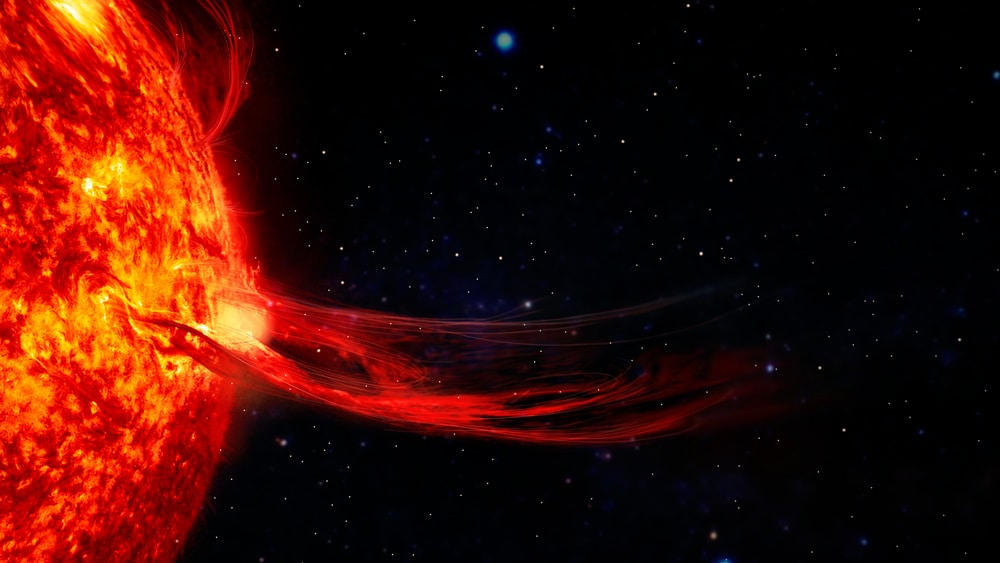A fast-erupting sunspot just hurled out a huge flare. The hotbed of sun activity, known officially as AR2975, sent out a powerful X-class flare that has already created a temporary blackout in shortwave radio signals in the Americas, according to SpaceWeather.com.
(AR2975 has already burped more than 17 moderate-sized flares in recent days, but this outburst is a bit more powerful.) “Aviators, mariners, and ham radio operators may have noticed unusual propagation effects at frequencies below 30 MHz [megahertz],” the website reported Wednesday (March 30) in the hours after the flash.
Solar flares are ranked first by category — A-class are weakest, then B-, C-, and M-class, with X-class the strongest — and then by size, with smaller numbers representing smaller flares within the class. Wednesday’s flare was an X1.3-class flare, according to SpaceWeather.
If Earth is in the path of these charged particles, they can interact with our own magnetic field and then with molecules in the upper atmosphere, which then gives us the northern lights or aurora borealis. Right now, there are seven groups of sunspots across the face of the sun.
On Tuesday, NASA recorded that one of the groups unleashed more than 17 flares, varying from weak to medium events. And, as a result, two large CMEs were burped out from the sun, traveling at roughly 1,500 kilometers per second.
The National Oceanic and Atmospheric Administration (NOAA) suggests that the second CME will overtake the first, merging to become one single “cannibal CME.” It is forecast to reach Earth at roughly 11 p.m. ET on Thursday. But there may be several days of increased activity.








